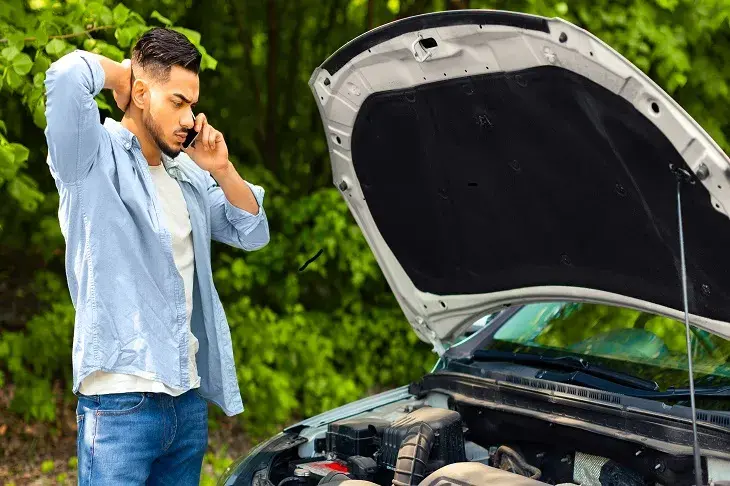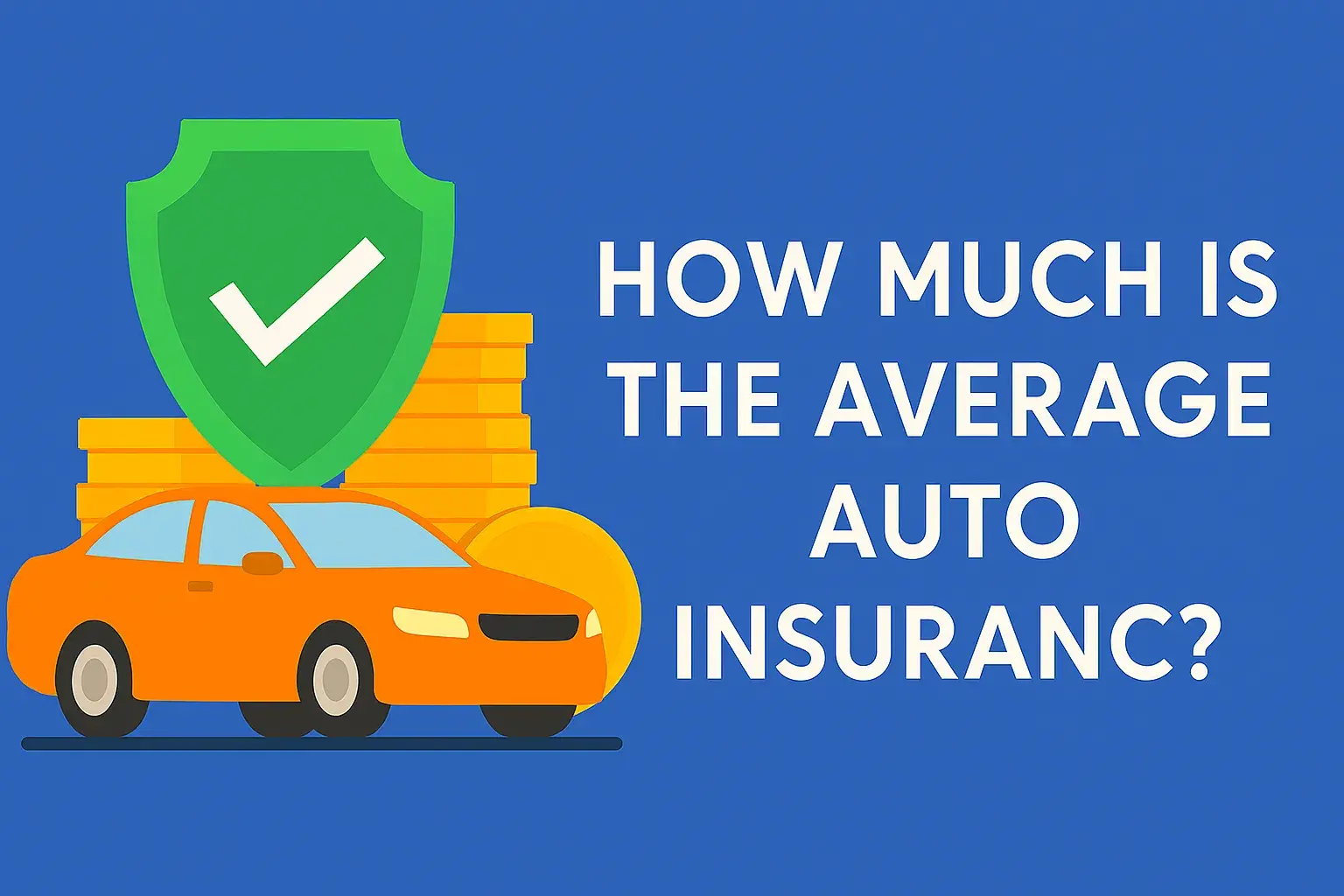20
May

If you recently got a new car, or have been driving the same car for years, you might have noticed a special code that is printed in almost all the papers related to your car and in some of the components of your vehicle. This code is known as the Vehicle Identification Number commonly referred to as VIN for short. But before we proceed to explain how a VIN works, let us first discuss what a VIN is, and why vehicles require one. Here is a detailed understanding of what VIN is, what the digits and signs in the code stand for, and the critical uses of every car on the road today with a VIN.
What Is a VIN?
VIN is an abbreviation of the term known as Vehicle Identification Number which is a distinctive serial number provided to all vehicles in production globally. VIN can also be described as an identification number that is as special to your car as fingerprints are to you, making each car manufactured to have its serial number.
There are no two car models currently on the roads with the same Vehicle Identification Number. VIN code is a set of alphanumeric characters that provide essential information about the car and some of its qualities such as the country of manufacture, manufacturer name, make or model year, engine types, and transmissions, among others. This data assists automotive manufacturers, dealers and sellers, repair centres, insurance firms, and even regulatory bodies to single out your automobile out of the hundreds of car brands and models on the roads today.
What Do Numbers on the Vehicle Mean?
Everybody knows that VIN codes are used for such documents as registrations, and insurance papers, but in fact, they can be engraved, etched, or stamped in many places on the car. Typical VIN locations include:
- Strip along the top of the dashboard/windshield cowl which is visible through the corner of the windshield.
- Luggage compartment lid opening side left front door
- Front radiator support/firewall
- Engine block
- Rear wheel wells
- Driver-side windshield pillar/upright you are referring to the support on which the windshield is built.
It is quite possible that all VIN digits are not visible or have been worn off and hence, it is advised to check different VIN spots in your car.
VIN Format Explained
Therefore, what do all those numbers and letters that make up the unique car’s number on the VIN code dashboard mean? While VIN formats can differ slightly between vehicle manufacturers, they generally follow the same structure laid out by international standards:
- First digit: Country of origin
- Second digit: Automobile producer
- Third digit: Class of use or model
- Fourth to eighth digits: Features of the particular vehicle such as its body type, engine capacity, safety amenities, and so forth.
- Ninth digit: Digit applied to the VIN code to determine if the number is accurate
- Tenth to seventeenth digits: Vehicle identification number
For instance, if the VIN begins with 1,2, or 4, the car is originally from the United States while if the first character is J then the vehicle is from Japan. The digit in the tenth position changes from a number to a letter to denote the vehicle model year. Each automaker also has its seven-digit code from the National Highway Traffic Safety Administration abbreviated to the first three digits of the WMI code.
The following article aims to answer questions such as: Why are VINs so important?
This unique sneak peek into your vehicle’s mechanical DNA provides some profoundly important benefits:
1. Identifying Your Specific Car
Since there are hundreds of different car makes and models, VIN codes can easily and quickly determine the exact year, make, and model of your car for agencies, shops, and insurers. Whether the car owner is reporting a theft of his car or ordering spare parts for his car, he will have the VIN to avoid any confusion.
2. Preventing & Detecting Fraud
However, there is a sad ending in that organized car theft rings are known to relocate a stolen car’s VIN plate or number. However, VINs are imprinted on four concealed spots of each car leaving this type of fraud nearly unimaginable with vehicles bearing the same number. Every time you decide to purchase a used car, you should consider using the vehicle identification number to run a vehicle history report to check on the things that could be wrong with the car.
3. Facilitating Repairs & Maintenance
More than identifying the make and model of the car, the VIN gives repair shops such important details as engine size, anti-lock brake systems, and hardware compatible with the car. Techs leverage the VIN in making repairs and identifying the parts that require maintenance, as well as those genuine replacement parts that will appropriately fit.
4. Recalls and Registrations
Federal agencies closely supervise VIN-encoded databases to track vehicles that require safety recalls before repairing. State DMVs also keep registration records using VIN data, and provide reminders for renewal, plus the record of ownership of each car.
5. Insurance Discounts
Currently, it is becoming commonplace for insurers to provide quite deep annual discounts for cars equipped with safety features that can be identified by VIN. Some of the safety features include anti-lock brakes, traction, and stability control, adaptive headlights, and airbags that can cut the cost of the premium for car owners with VIN codes that show that they have such features.
And that, in summary, is the case. Not just an identification number that may seem like a combination of random numbers and letters, VIN, assigned to your car only, addresses such processes as registrations, repairs, and insurance. It enables agencies and shops to identify your vehicle’s qualities out of numerous automobiles on the road as soon as possible. So, ensure that you have your VIN at hand whenever you are involved in any business involving automobiles. This makes it easier to keep an eye on the automobile’s value and this can only be achieved by knowing your VIN.
Get Affordable Auto Insurance Today! Call ???? (888) 666-1005 Now!




